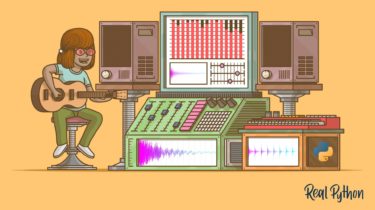5 Free Courses on Reinforcement Learning
Image by Author Reinforcement learning (RL) is a subfield of machine learning where an agent learns to make decisions by interacting with its environment rather than relying solely on pre-existing data. It is an area that blends trial-and-error learning with feedback from actions to improve future performance. In this blog, we will explore 5 free courses that I believe are the best for beginners and professionals interested in entering the exciting field of self-learning robots. 1. Deep RL Course – […]
Read more


